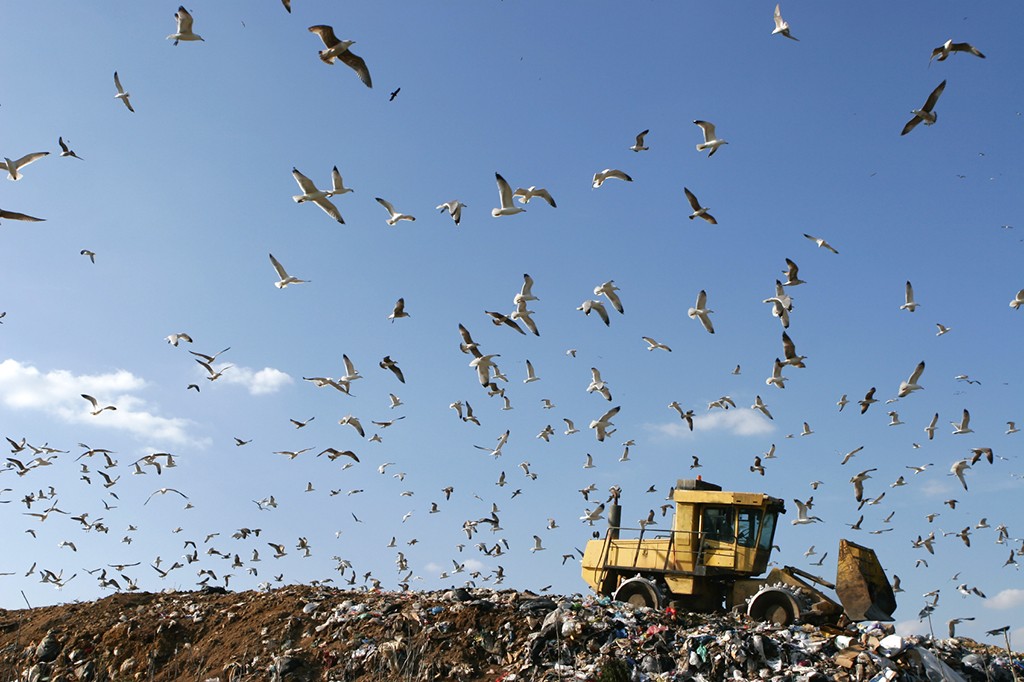

Xinyang Landfill Gas Gold Standard Project
Landfill gas recovery for power generation

Landfill gas recovery for power generation
China has environmental regulations in place to deal with the management of landfills and to encourage utilization of landfill gas (LFG). However, due to a lack of environmental technology know-how, in China the municipal refuse is mainly still disposed using the technology of traditional landfill, without consideration of recovery and utilization of landfill methane.
It is estimated that the annual quantity of municipal refuse filled is about 50 million tons. As nearly all landfills – except several recently built new landfills – are not equipped with landfill gas recovery mechanisms, enormous amounts of landfill methane are emitted into the atmosphere.

The Xinyang MSW Landfill Site LFG Recovery to Power Project aims to recover and destroy landfill gas generated at the municipal solid waste (MSW) landfill site located in Xinyang city, Henan province (China). The collected LFG will be used for electricity production.
Xinyang landfill site started operation at the end of 2007 and is expected to be in operation for 13 years. The landfill is designed with acceptance capacity of 1.4 million tonnes. Degassing pipes have been installed on the landfill site for safety reasons only and since no LFG collection and/or destruction facilities existed prior to the proposed project activity, the baseline scenario without the project envisaged the release of LFG directly into the atmosphere.
The project will deploy a gas collection, transmitting and pre-treatment system as well as gas engines with a capacity of 2 MW. The recovered LFG will be combusted in the gas engines to produce electricity which will be fed into the Central China Power Grid (CCPG) afterwards. GHG emission reductions will be claimed from both methane recovery and the replacement of electricity mainly generated by the utilization of fossil fuels
It is estimated that during the 10 years crediting period the project activity will destroy 21,259 tons of methane and replace 117,000 MWh of electricity otherwise generated via fossil fuel combustion: this corresponds to a potential GHG reduction of approximately 420,000 t CO2e.
If you have any inquiries
about our service

